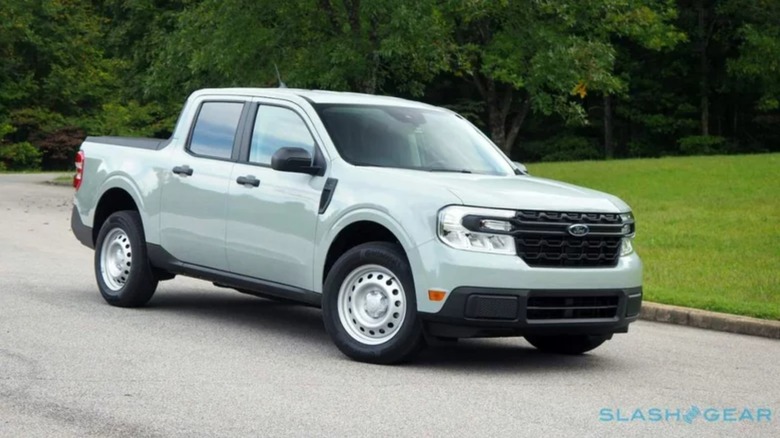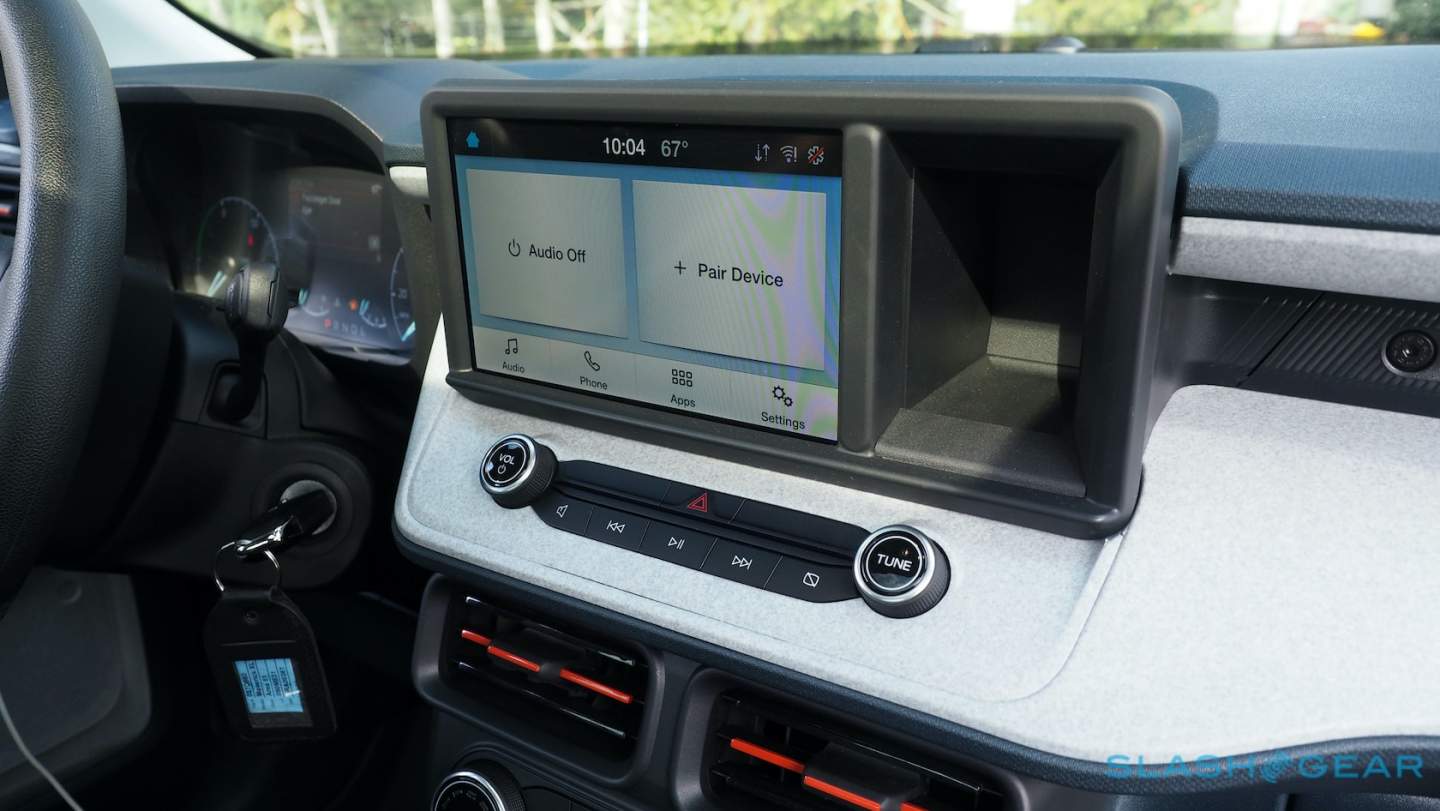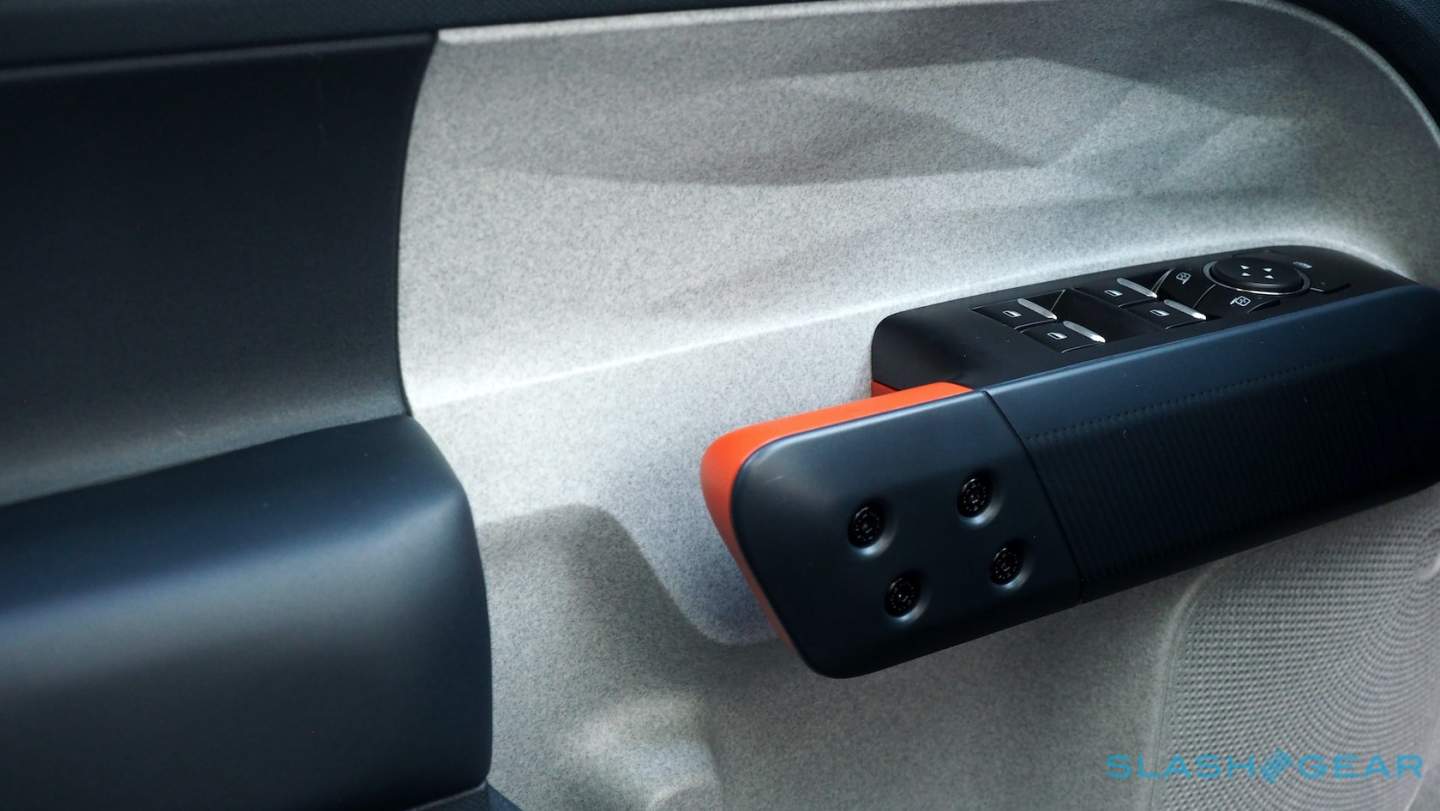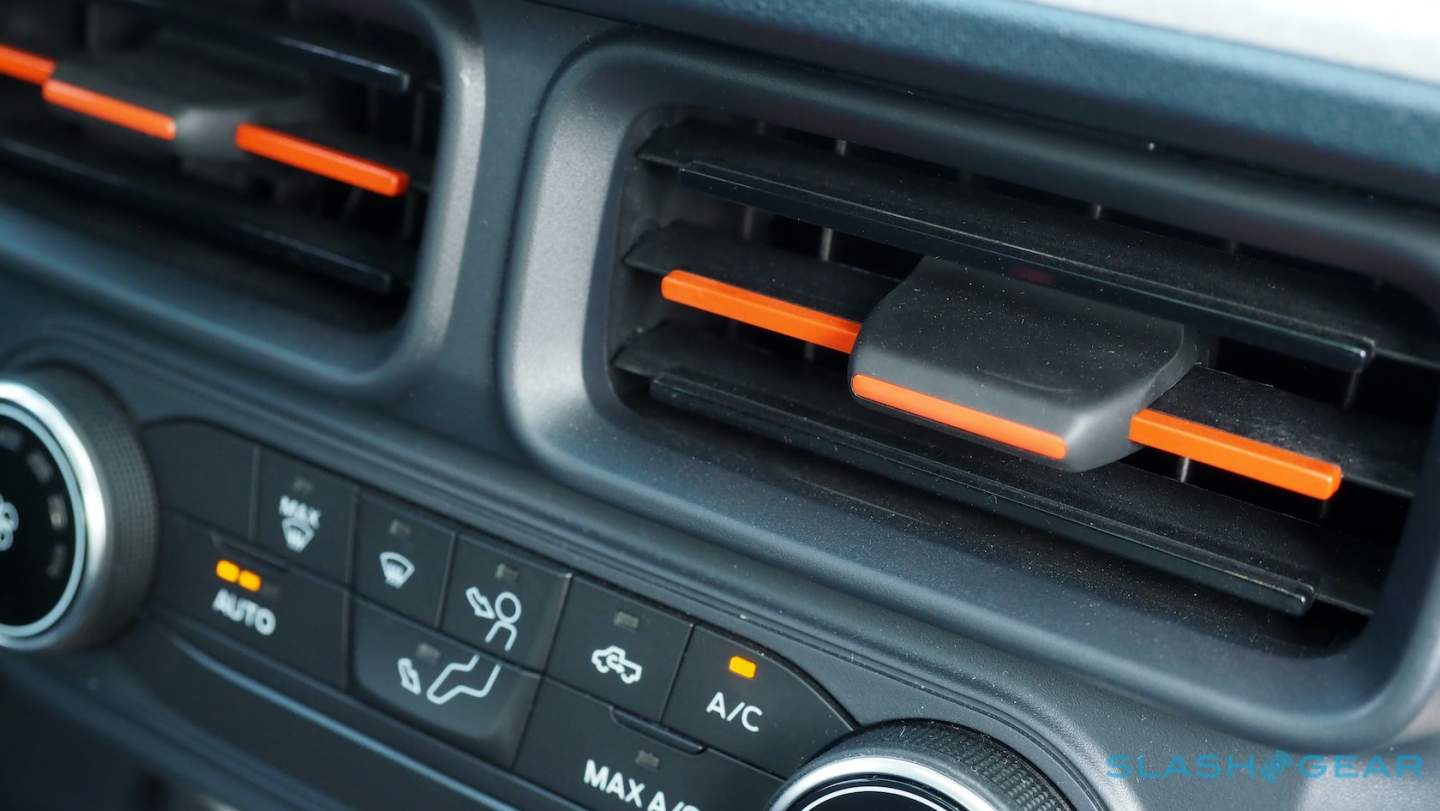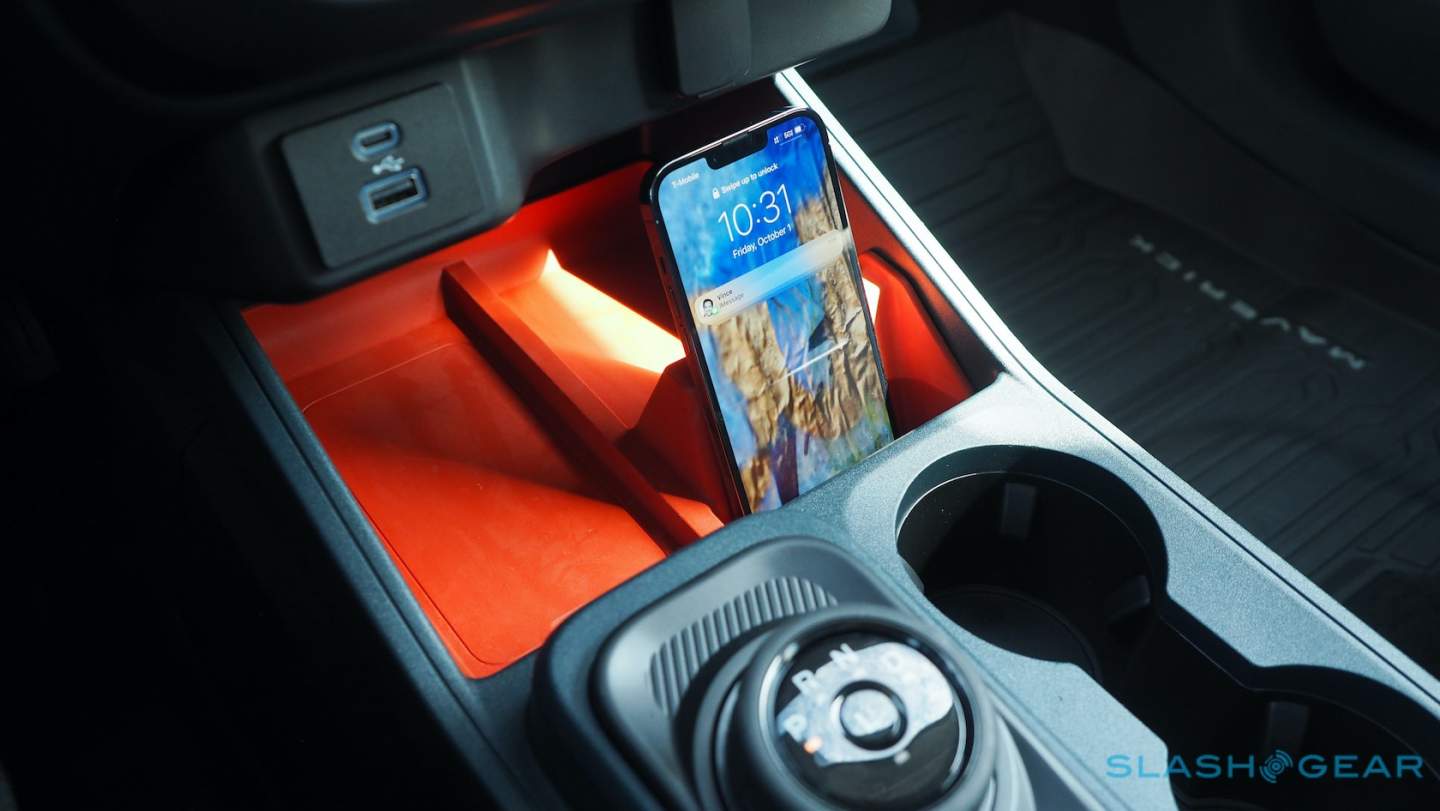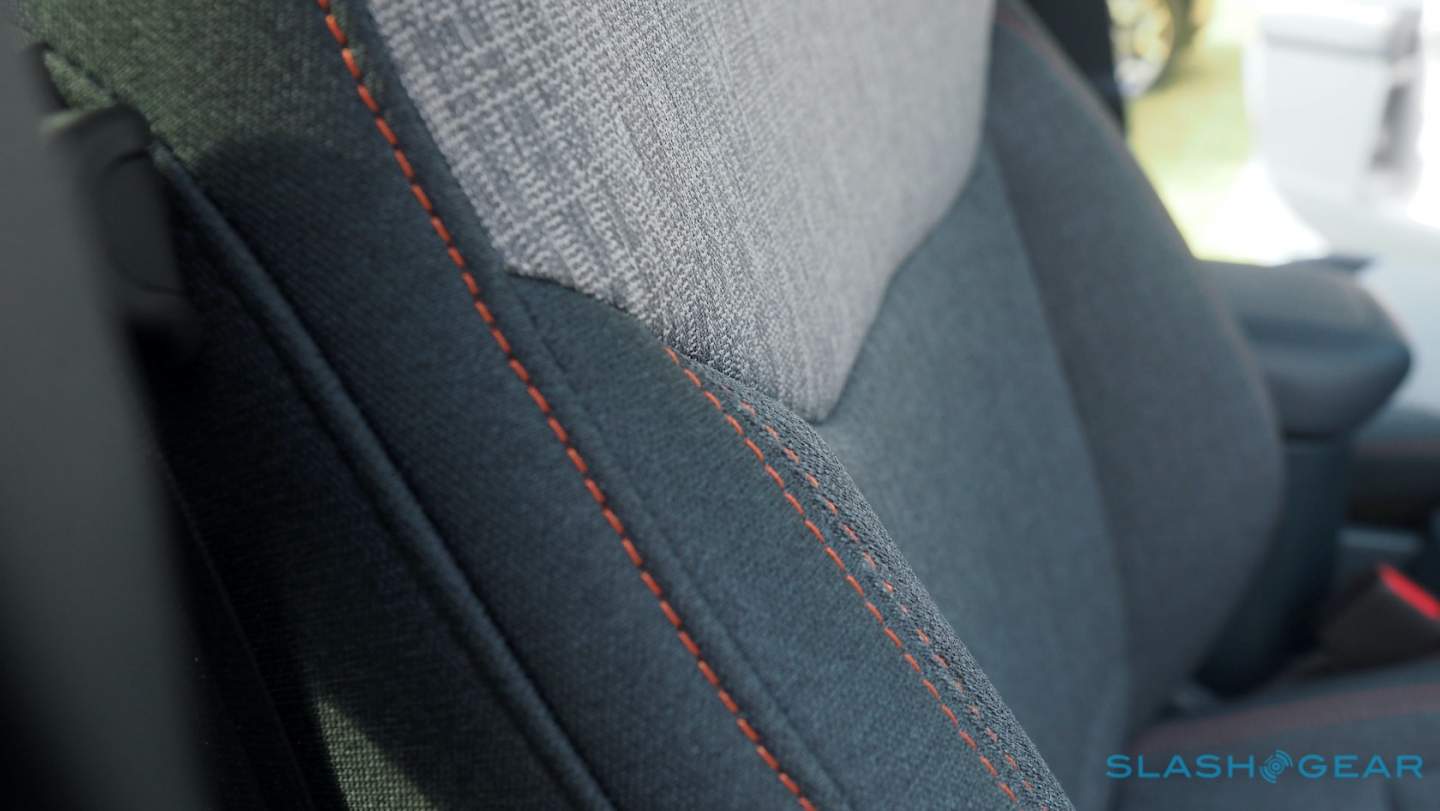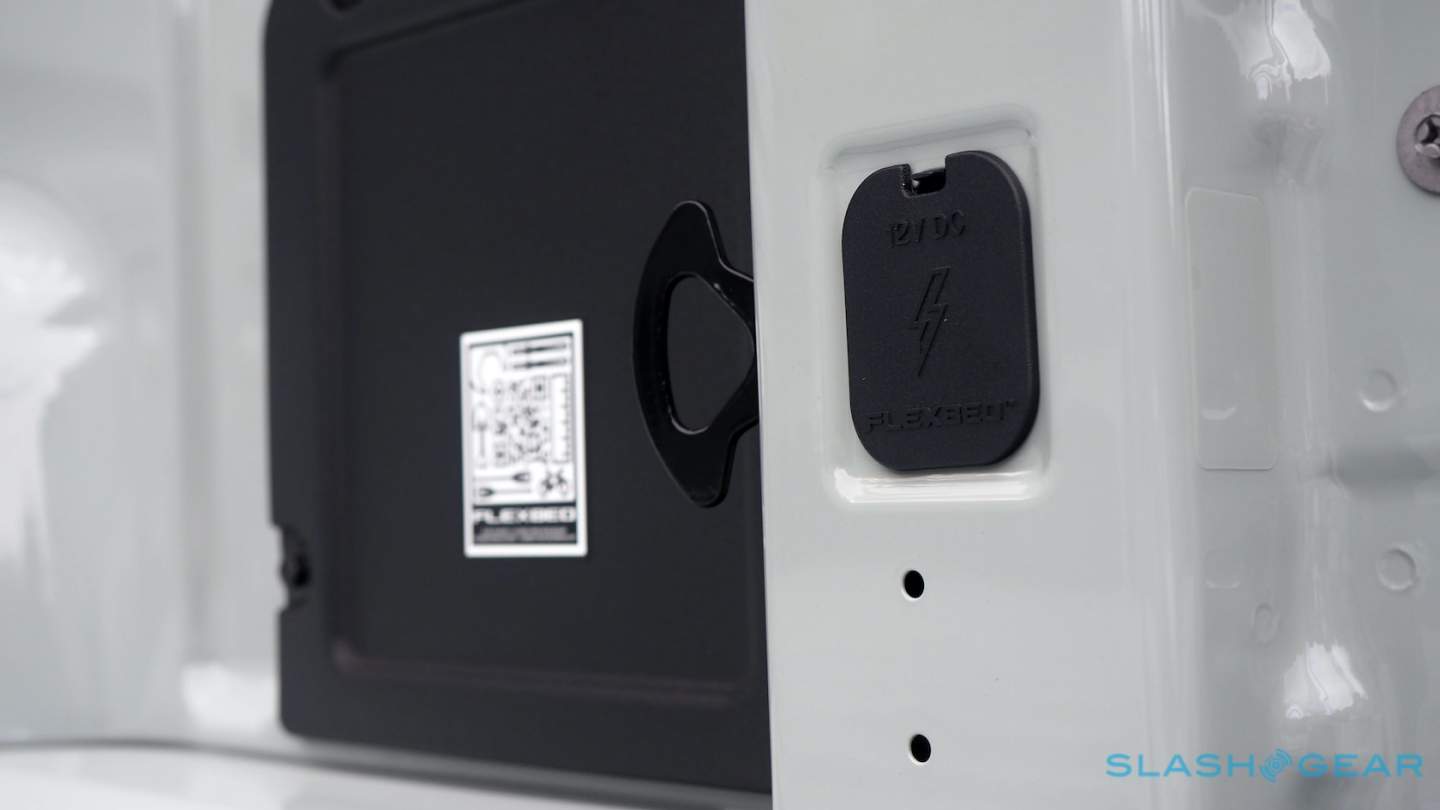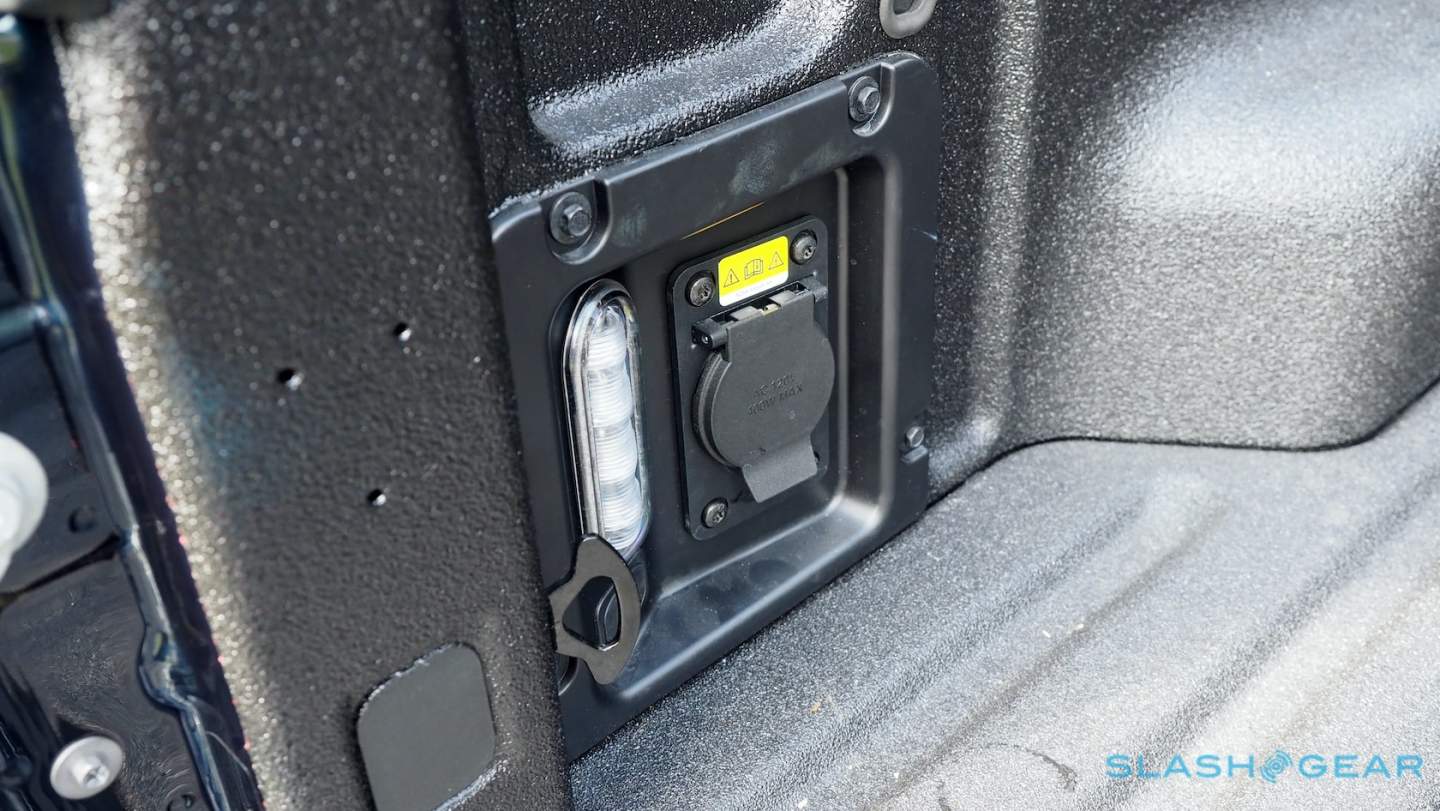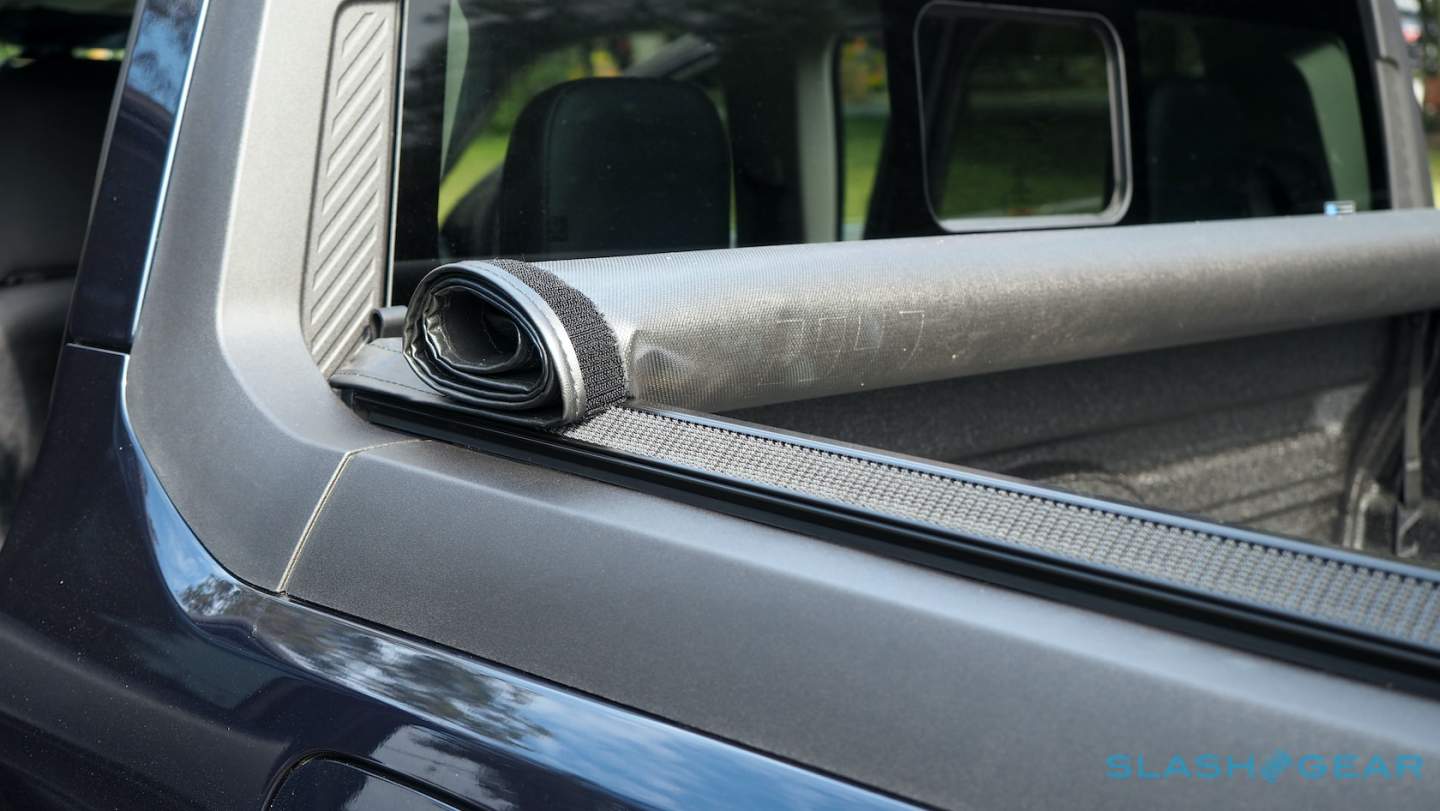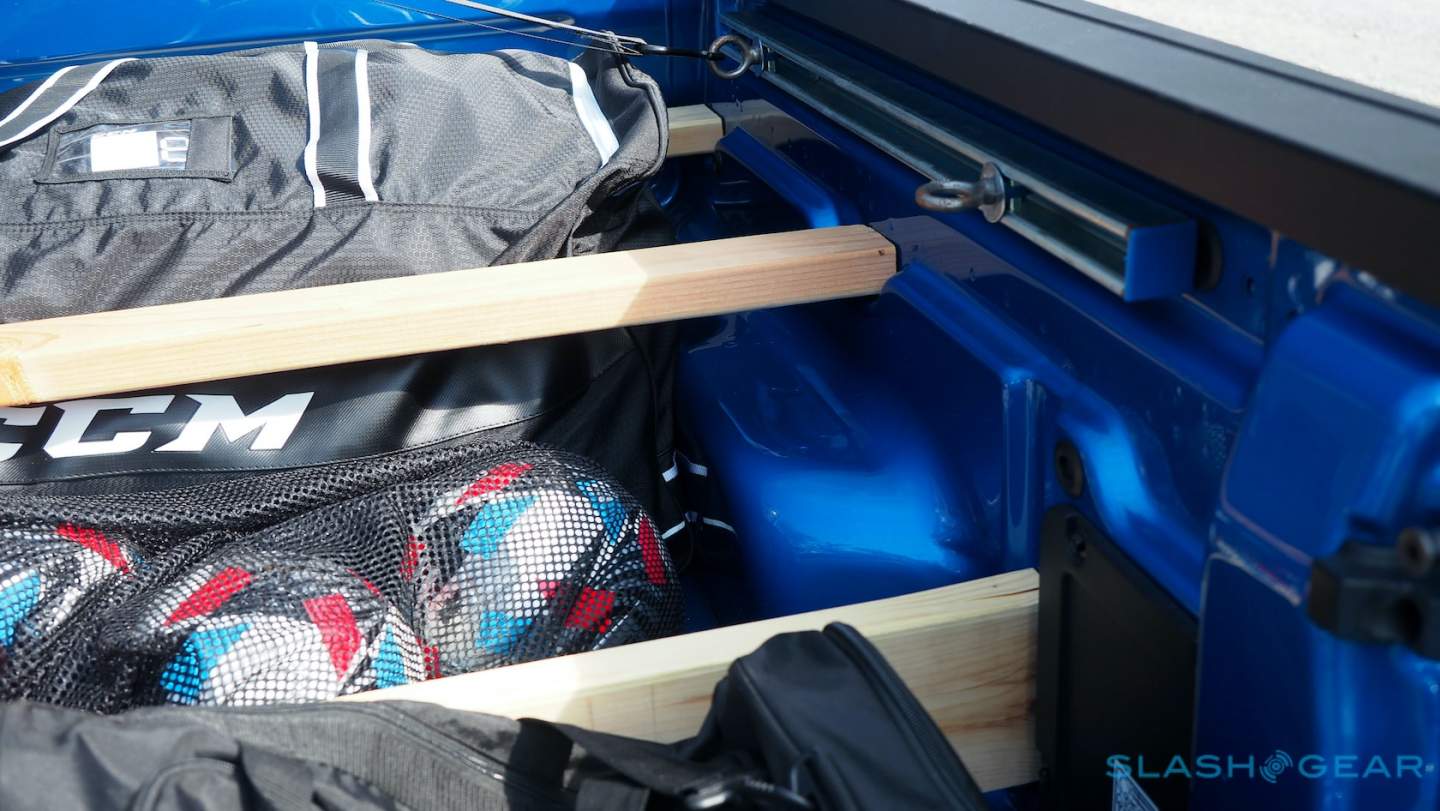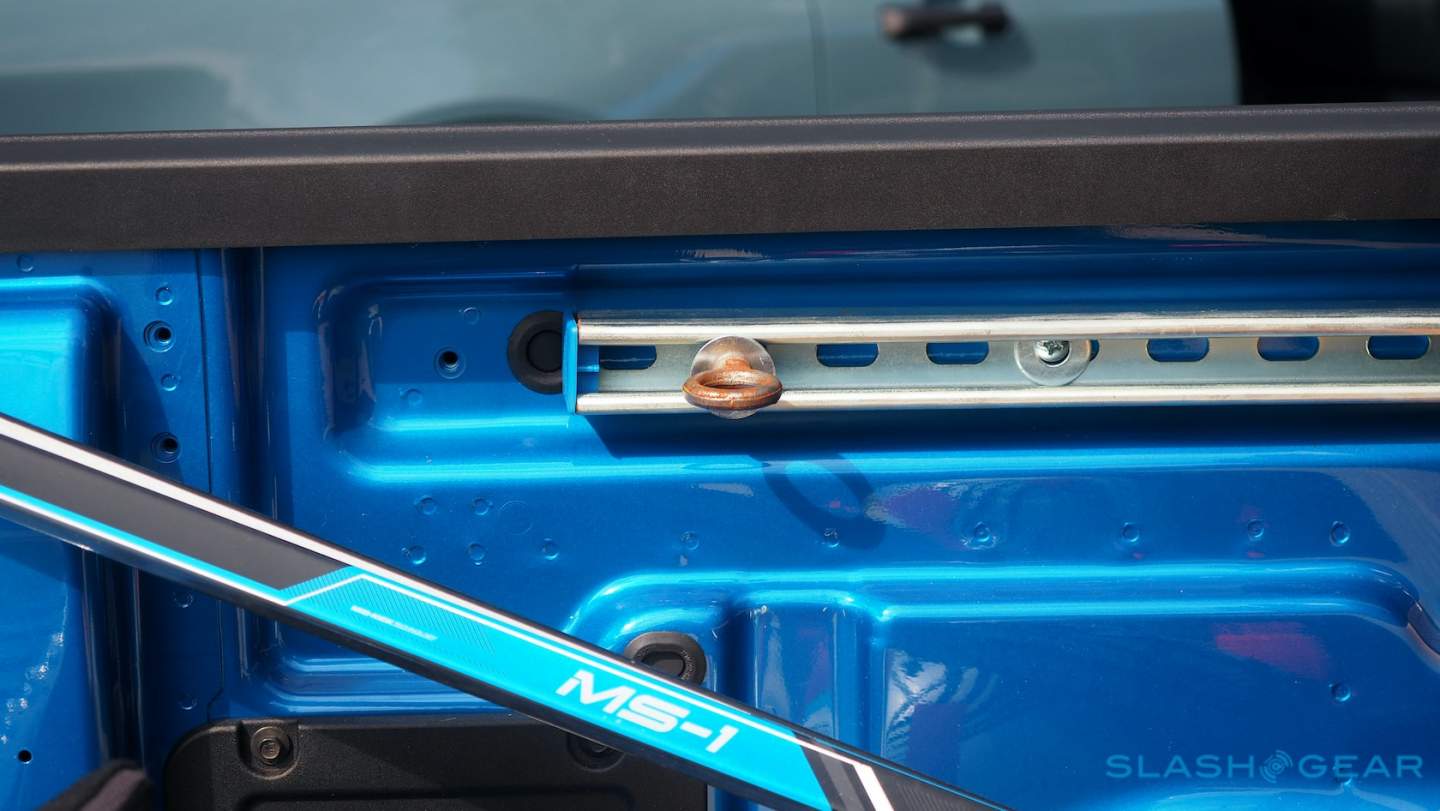2022 Ford Maverick First Drive - The 40 Mpg Pickup
The 2022 Ford Maverick may be a brand new pickup, but in the most important ways it feels like a throwback to a golden age of trucks. Ford's decision to combine a standard hybrid drivetrain, a $19,995 starting price, and dimensions that nod back to more manageable, everyday pickups feels so at odds with today's lavish, gadget-loaded monsters, it's easy to assume there has to be a catch. Turns out, even the promise of 40 mpg is an understatement.
Americans love a pickup, even when it's not necessarily the most practical option. SUVs can be just as capacious, not to mention more secure for cargo; wagons often have the edge on economy. Just how many drivers actually get anywhere close to the limits of their vehicle for hauling and towing is questionable. That hasn't slowed sales of vast, full-sized trucks with huge engines, though.
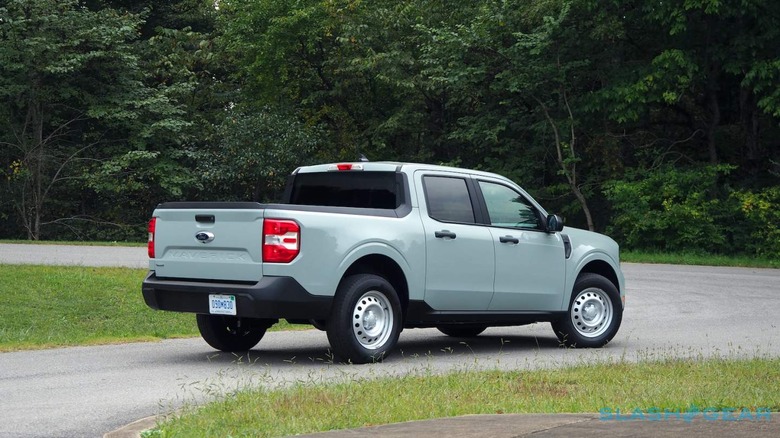
Trying to ween Americans off their pickup truck obsession, then, seems like a non-starter. Instead, Ford's strategy is the truck equivalent of hiding your dog's medication inside a treat: build pickup style and functionality around the core of a far more frugal compact SUV.
The 2022 Maverick recipe isn't quite so blunt as that, and Ford deserves real credit for how well it strikes the balance between pickup flexibility and overall efficiency. Key to that has been not sacrificing the usability truck buyers require – or, at least, believe they require – simply to take a shortcut to improving fuel economy. Much like the Rivian R1T, the Maverick feels like a fundamentally different approach to a very familiar segment.
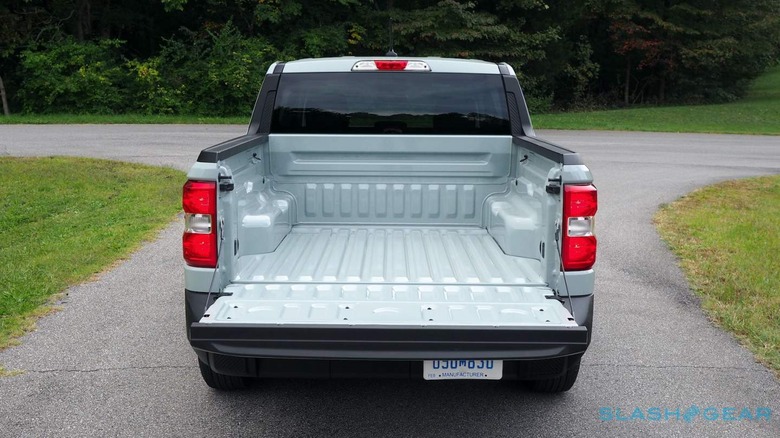
From the outside, it's as "Built Ford Tough" looking and burly as traditionalists demand from a pickup. It's only when you see the Maverick next to a Ranger or F-150 that the difference in scale becomes apparent.
At about 16 foot 8 inches long, and 5 foot 8 tall, it's about a foot shorter and 5-inches lower than a Ranger. The average F-150 is almost three feet longer, not to mention taller still. In short, while the design language may be much the same – down to hints of the F-Series drop-down window silhouette molded into the front doors – the smaller footprint should make finding parking spots and maneuvering through tighter traffic a whole lot easier.
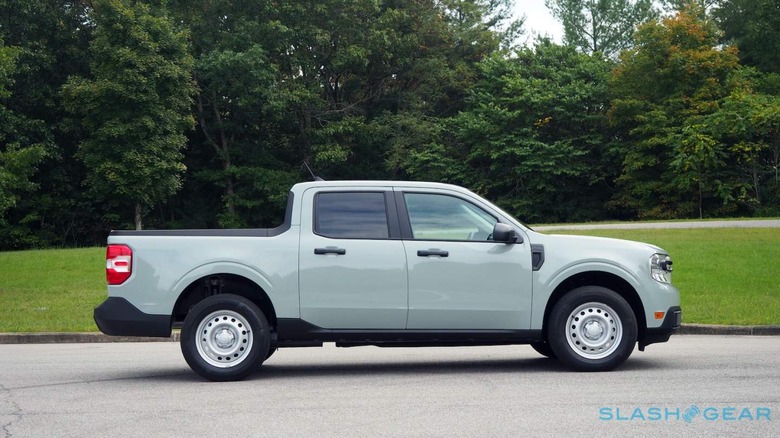
Underneath is the unibody platform Ford uses for the Escape and the Bronco Sport. Truck fans may decry the absence of a good, old-fashioned body-on-frame architecture, but the result is a more spacious cabin and the ride and handling of a small SUV. Tooling around town, the Maverick strikes a nice balance between firmness and comfort, and is less easily unsettled by poor road surfaces, particularly when unloaded. The C2 platform has already demonstrated its flexibility – the Bronco Sport is, after all, a surprisingly different beast to the more urban-minded Escape – and, with adjustments in wheelbase and track width, Ford has added further distance to the Maverick's crossover cousins.
It also allows for the standard hybrid powertrain to be accommodated. Ford combines a 2.5-liter Atkinson gas engine with a planetary CVT, sandwiching in an electric motor and then adding a roughly briefcase-sized battery under the front passenger seat. The goal wasn't pure electric driving – there's no selectable EV mode, and you can't even adjust regenerative braking levels yourself – but instead to improve fuel economy, without compromising on the 191 horsepower and 155 lb-ft of torque.
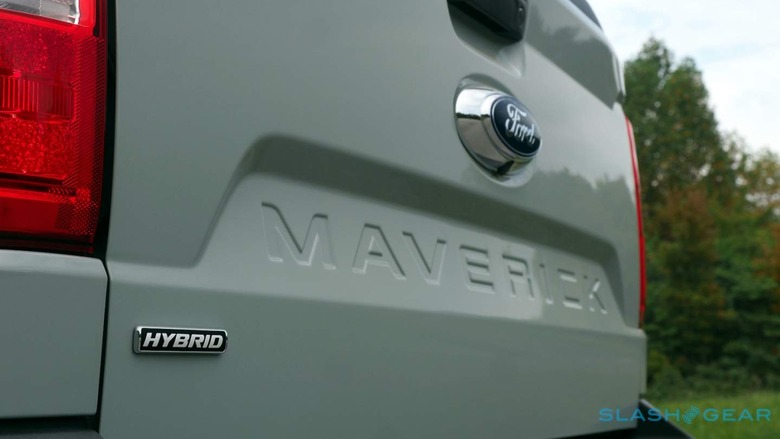
For those who want more power – or all-wheel drive – Ford offers its 2.0-liter EcoBoost four-cylinder gas engine. Unlike the front-wheel drive only hybrid, it can be had in FWD or AWD configurations, paired either way with an 8-speed automatic. It bumps power to 250 hp and torque to 277 lb-ft, and can be had in FX4 AWD form with uprated shocks, more knobby tires, and extra underbody protection.
Both drivetrains are rated for up to 1,500 pounds of payload and 2,000 pounds of towing. With the 4K Tow Package, the EcoBoost doubles the latter to 4,000 pounds.
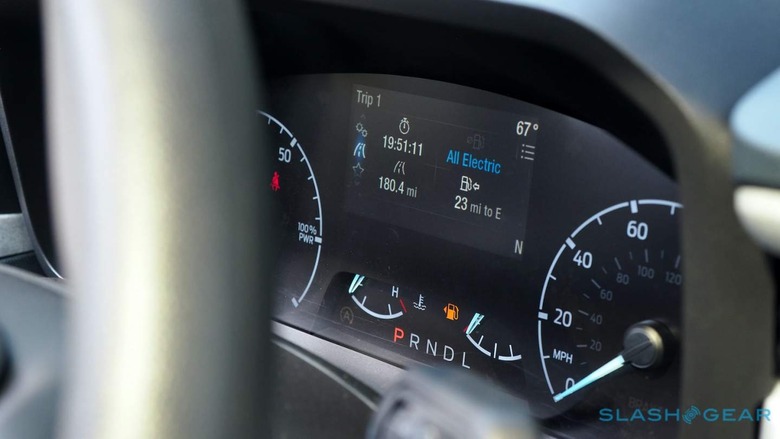
Ford's EcoBoost engine is solid, but frankly the hybrid Maverick feels like the star here. For a start, it's punchier than the figures on paper might suggest: the electric motor's torque arrives instantaneously, leaving the pickup feeling perkier and more urgent. Back to back, indeed, the two engines felt remarkably similar despite the power delta.
Fuel economy, though, is the hybrid's winning play. Ford was promising 40 mpg in the city, and in a morning's driving that ranged from urban stop-start through to 65+ mph runs, sure enough I settled at around 41 or 42 mpg. Even with about 1,000 pounds of mulch loaded into the back – something made easy since the bed is wide enough for a standard pallet – I still hit 40 mpg over a roughly 15 mile route. That bodes well for frugal trips to and from Home Depot or Lowes (well, not counting whatever you spend while you're there, anyway).
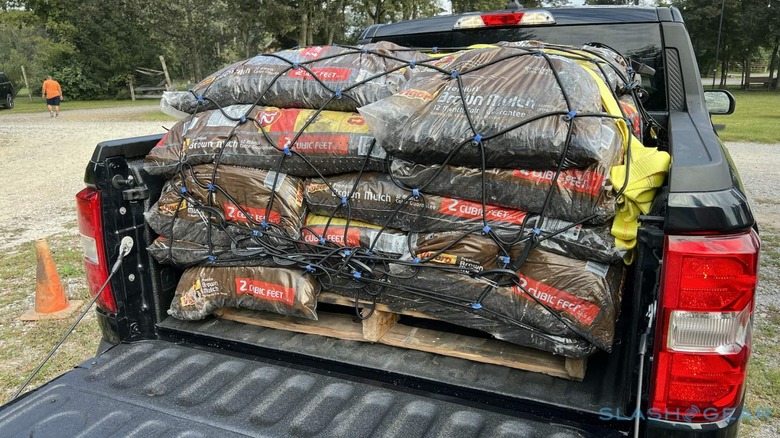
Towing, unsurprisingly, does take a hit. With a roughly 1,000 pound ride-on mower and trailer behind me, economy dipped to the low 20s; that's including a brief highway jaunt, mind.
Ford recommends switching to the Tow/Haul drive mode in those situations – there's also Normal, Eco, Sport, and Slippery, with the FX4 swapping Eco and Sport for Sand and Mud/Ruts – and with no traditional gearbox the hybrid taps regenerative braking to help with bigger loads. Driving down a hill, for instance, the Maverick increases the regen levels to simulate engine braking. It works surprisingly well, and you also get the warm'n'fuzzy knowledge that you're actually generating electricity in the process.
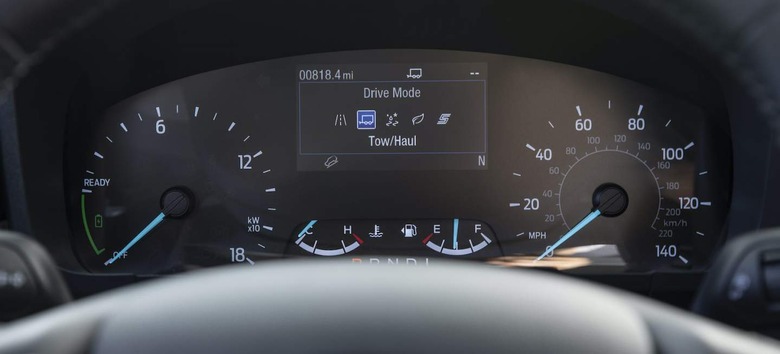
The EcoBoost AWD Maverick, in contrast, managed low 30s mpg with mixed driving. Certainly nothing too shabby, but unless you really, really need all-wheel drive then I'd still opt for the hybrid. The same goes for the FX4 package, frankly: Ford's "off-road course" wouldn't have been off-limits to a FWD truck, just as long as you didn't mind running the risk of some underbody scratches. Sadly I wasn't allowed to take the hybrid version around it to double-check.
Ford is keeping it simple with trim levels, too, with XL, XLT, and Lariat on offer. Pricing starts at $19,995 plus $1,495 destination; all get an 8-inch touchscreen, wired Apple CarPlay and Android Auto support, a mixture of USB-A and USB-C ports, and an embedded 4G LTE modem. If you want to use the latter as WiFi hotspot you'll need an AT&T account, but remote lock/start, locate, and fuel level checks are free through the FordPass app.
Similarly standard is Ford Co-Pilot360, with pre-collision assistance, automatic emergency braking, and auto high-beams. Adaptive cruise control, blind spot warnings and cross traffic alerts, lane centering, and evasive steering assistance are optional, as is an eight-speaker, 660W B&O audio system. There's also a wireless charging pad available.
Ford's cabin design is charmingly straightforward. Indeed paring things back to the essentials was the primary focus: the designers even considered whether they could ditch the infotainment touchscreen altogether, apparently, in favor of a smartphone mount. US vehicle safety regulations scratched that idea, but everywhere else flexibility – and affordable flexibility is the key.
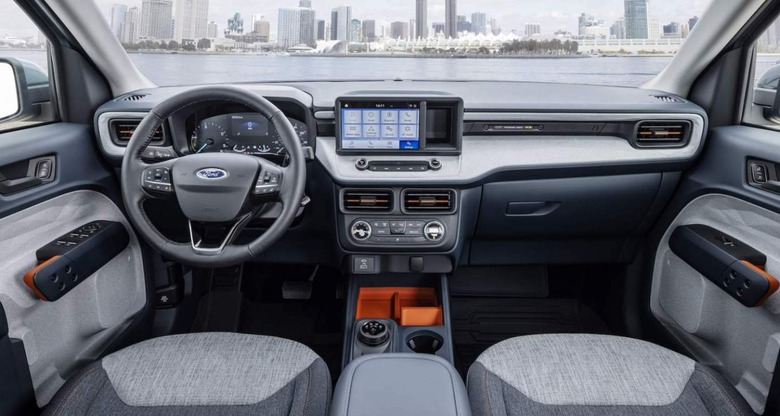
The door and dashboard plastics, for instance, include a blend of carbon fiber regrind – usually a waste product – and they wisely skip the (usually unconvincing) leather-effect pattern. 3D surfacing gives the panels more visual texturing, and rather than cover up screws and fixtures with fiddly, expensive-to-produce covers and caps, the Maverick designers simply made the screw heads more attractive and left them exposed. Cutaways in the doors allow full-sized bottles to stand upright, or bikes to slot in: you can fit a bike with 24-inch wheels into the rear of the truck, without having to take either wheel off.
XLT ($22,280) throws in more color and some extra niceties, while Lariat ($25,490) gets positively fancy – relatively speaking – with improved trim, 18-inch alloy wheels instead of the base model's handsome steelies, ActiveX-clad power seats, dual-zone climate control, a larger 6.5-inch cluster display, and the option of SYNC 3.
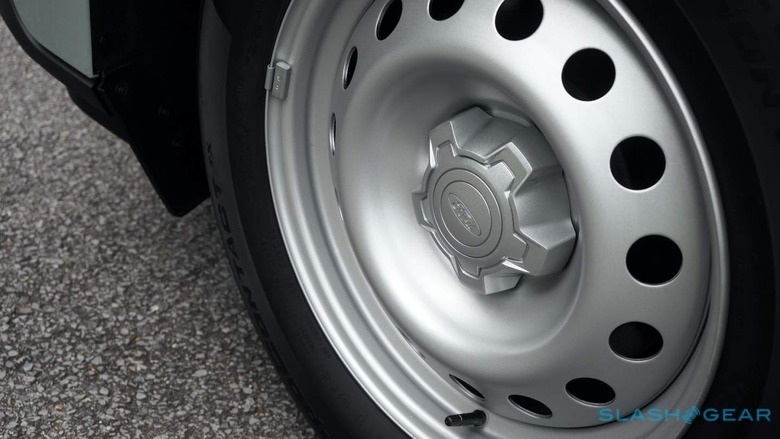
Ford dealers will have a $50 accessory package, with things like bag hooks and cupholders that fit into the FITS (Ford Integrated Tether System) slots, eight of which are scattered around the cabin. However, you'll also be able to download the CAD files for 3D printing your own accessories: a divider for the expansive storage bin under the rear bench, for instance. Ford hasn't decided yet whether it'll be hosting its own fan-made designs, but it's definitely hoping that the Maverick community weighs in with more ideas.
The same goes for the pickup's bed or, as Ford is branding it, the FLEXBED. Whether the standard metal or finished with a spray-in liner in the Luxury package, the functionality here belies the Maverick's sticker price.
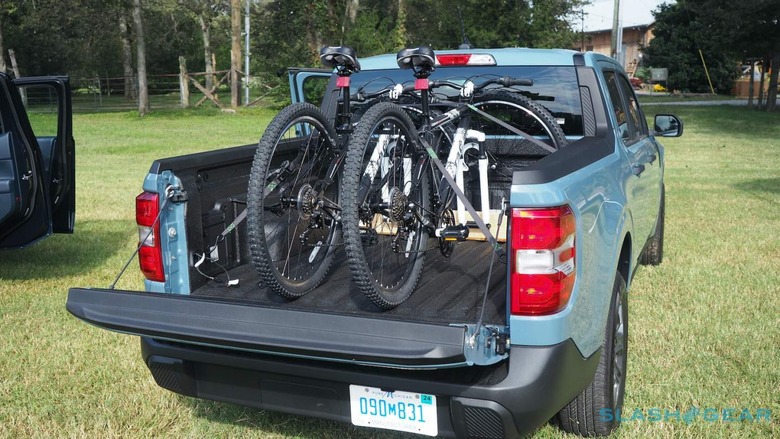
It's wide enough for 4x8 sheets of plywood over the wheelhouses, and the tailgate can be easily hooked into a mid-position to support that; it's rated for 400 pounds. There are two cleats that double as bottle openers on the tailgate, eight bed tie-downs, and an optional tonneau cover.
Molded-in pockets accept 2x4 or 2x6 lumber, making it easy to set up bed dividers or split-level storage. Lariat trim has fancy side rails with adjustable cleats, but all trims have threaded holes: you can screw in your own length of cheaper C-channel and add a couple of hooks yourself. A 120V outlet is optional, but all trims have two 12V connections – one either side of the bed, just inside the tailgate – for DIY wiring projects. That way, Ford says, Maverick owners won't be tempted to splice into the rear lamp cluster cabling.
QR codes in the bed and cabin lead to instructions as to how to use all these customization options. Early video uploads, for example, include how to wire in a cheap LED light strip for extra bed illumination, how to add an affordable air compressor into the bed side cubbies, and how to build a simple bike rack. Ford tells me it's planning more videos of its own and, as with the 3D printed accessories, is hoping that owners get in on the act, too.
It'd be easy to dismiss all this as faintly gimmicky, were Ford's team not so earnest about the whole DIY approach. Notably, you won't have to go the do-it-yourself route if you don't want to. Ford dealers will have official accessories to sell you, and the expectation is a 150+ item strong catalog at launch: everything from bike, boat, and ski racks, to an in-house designed bed cap with a lifting rear window. If you do want to tweak things yourself, though, Ford has made it as straightforward as it probably could.
2022 Ford Maverick Verdict
Even the pickup skeptic would likely find something to like, here. The Maverick takes the cliché of oversized, overpowered, generally profligate trucks and neatly upends it. Economy that bests most crossovers, capacities more suited to actual use rather than spec sheet bragging, and an astonishingly affordable price tag.
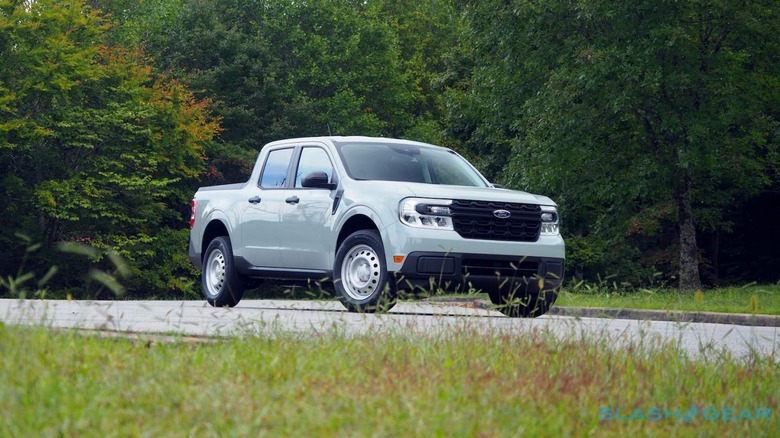
The glaring omission is likely to be the inability to get the excellent hybrid drivetrain with all-wheel drive. Demand for such a configuration, Ford tells me, will be closely watched, and nothing is being ruled out for the future. Still, the prediction is that a $20k truck that gets the basics right and then sprinkles some personality on top is a recipe that won't go wrong.
Having spent time with the 2022 Maverick, I suspect Ford is right in that assumption. My advice would be to skip the high-end trims and opt for a base XL: not only will you get the maximum payload rating that way, it's a fairly blank canvas for some DIY customization. In an age of pickup excess, Ford's truck is a welcome reset.
